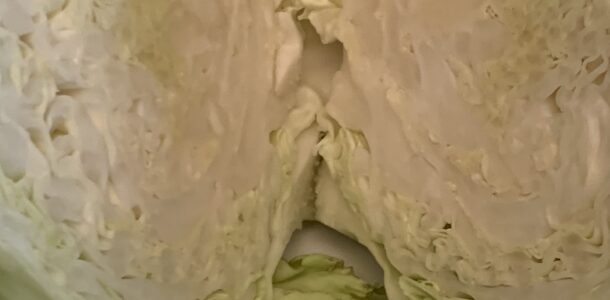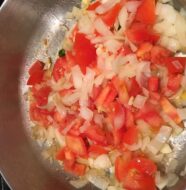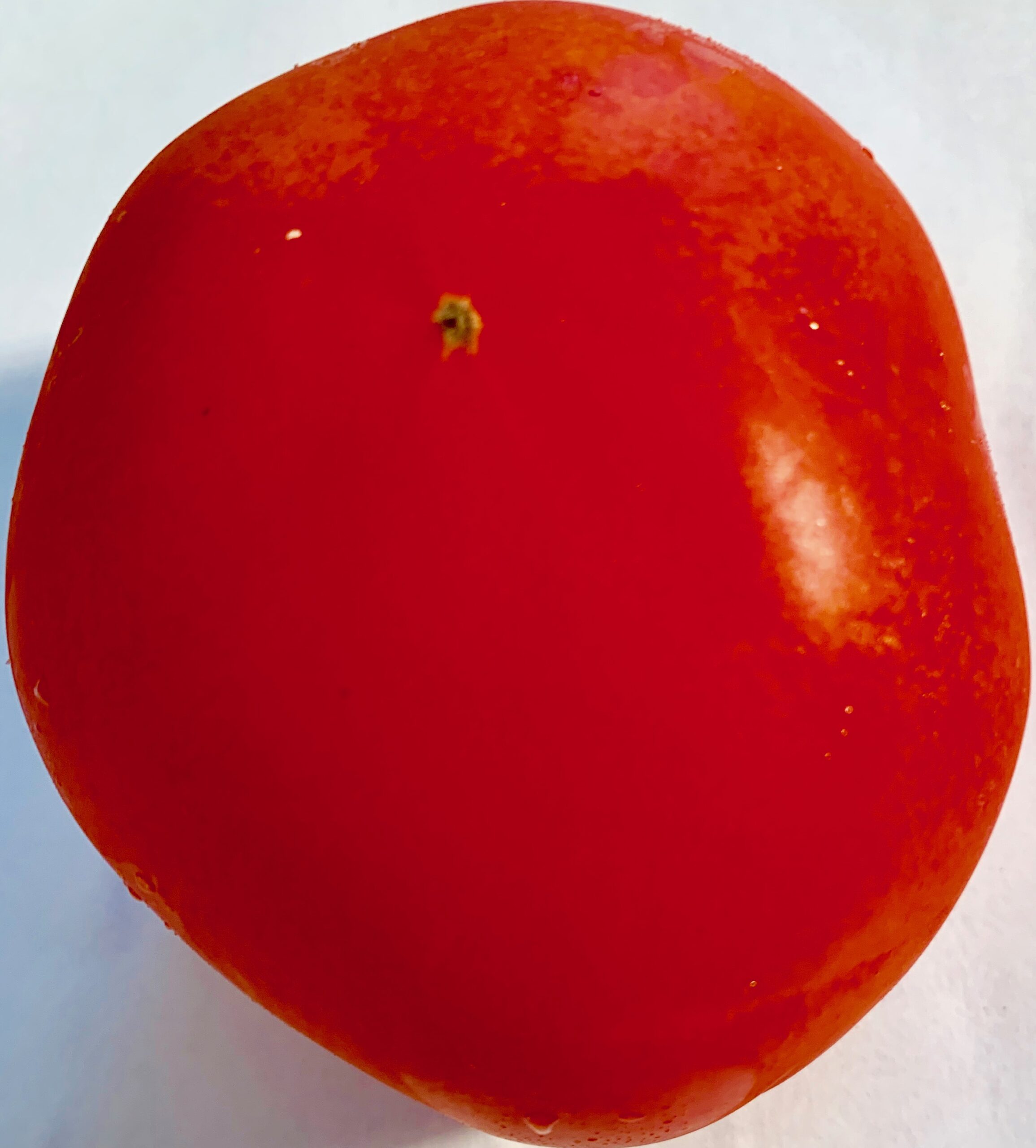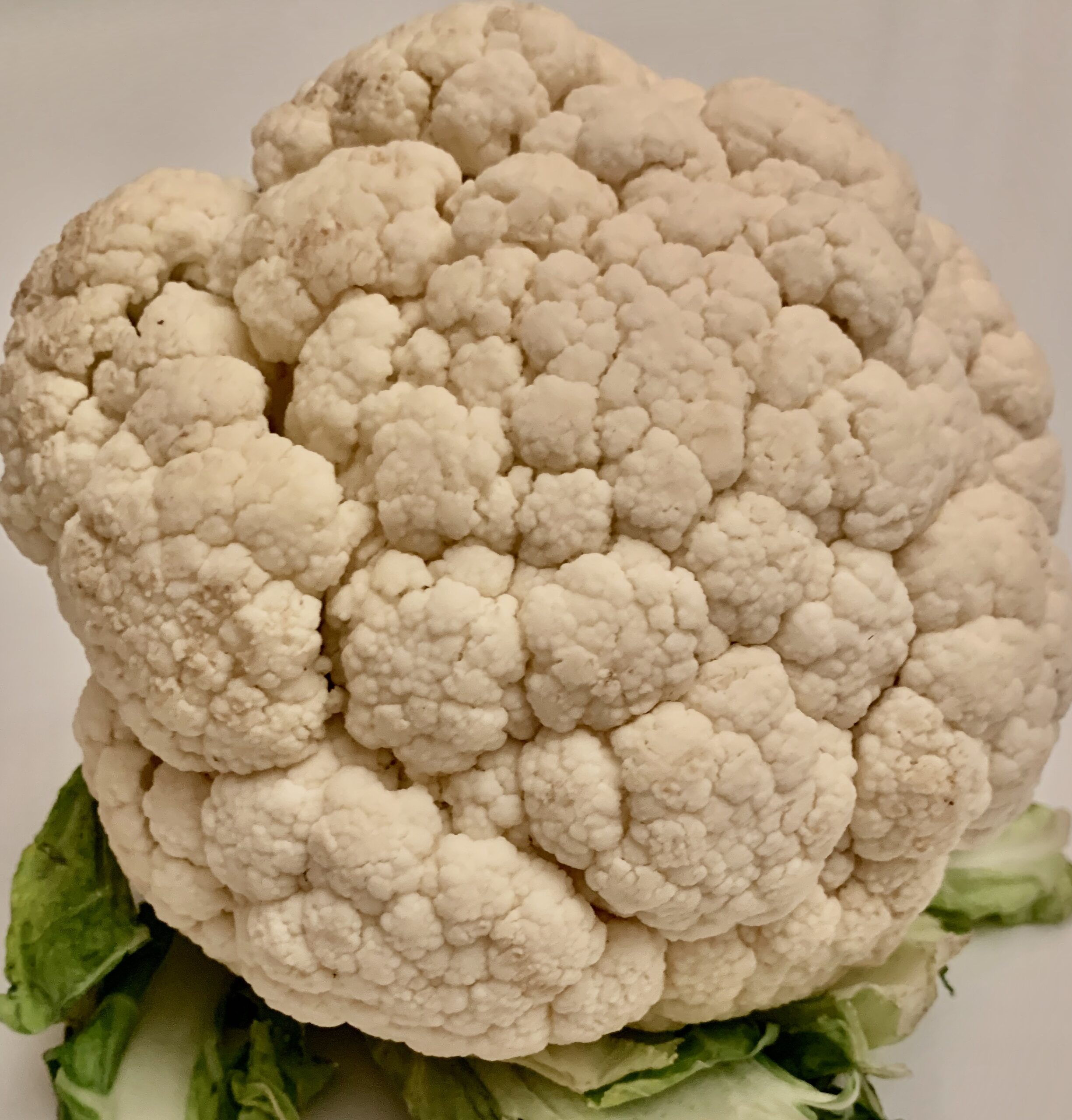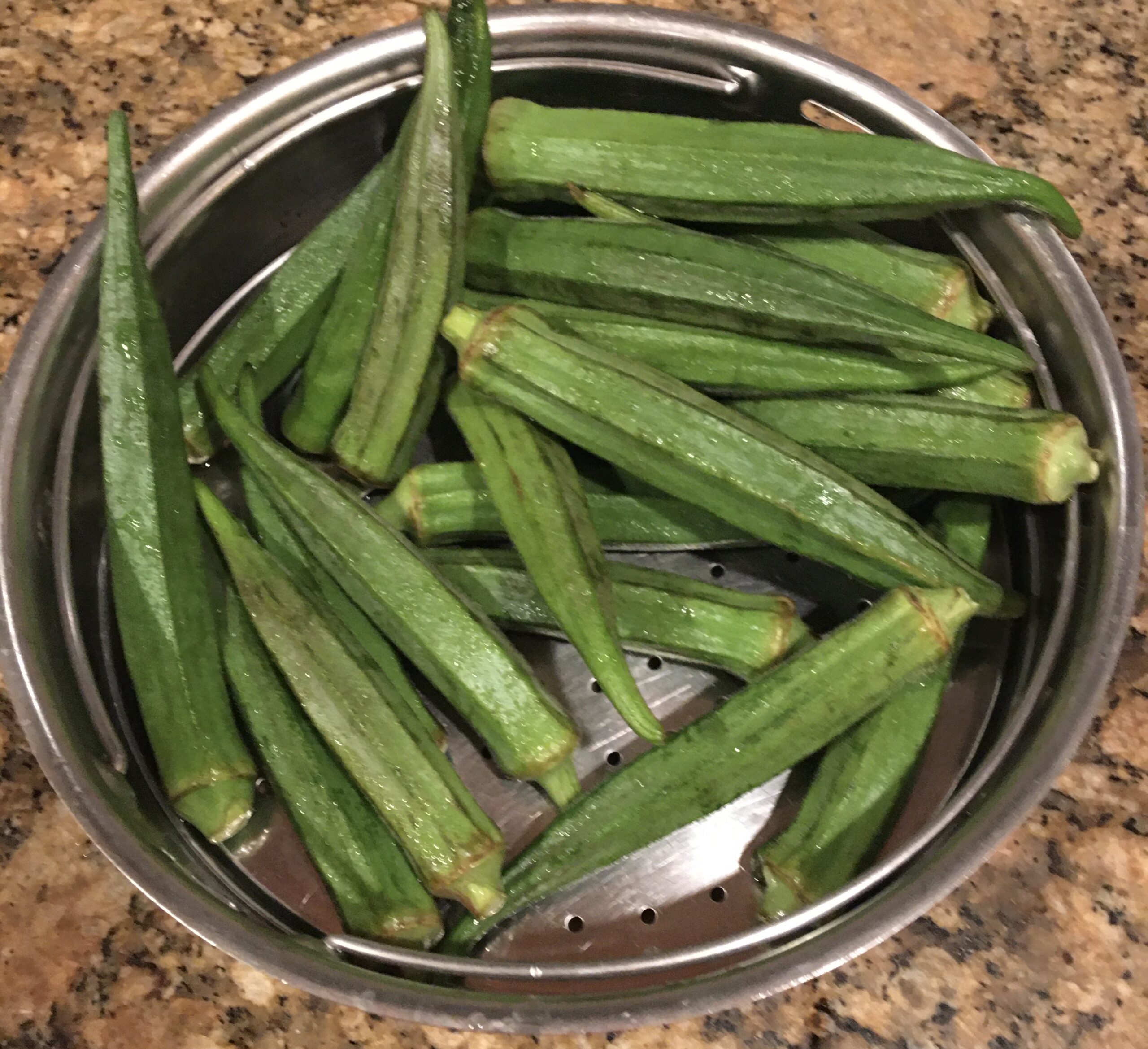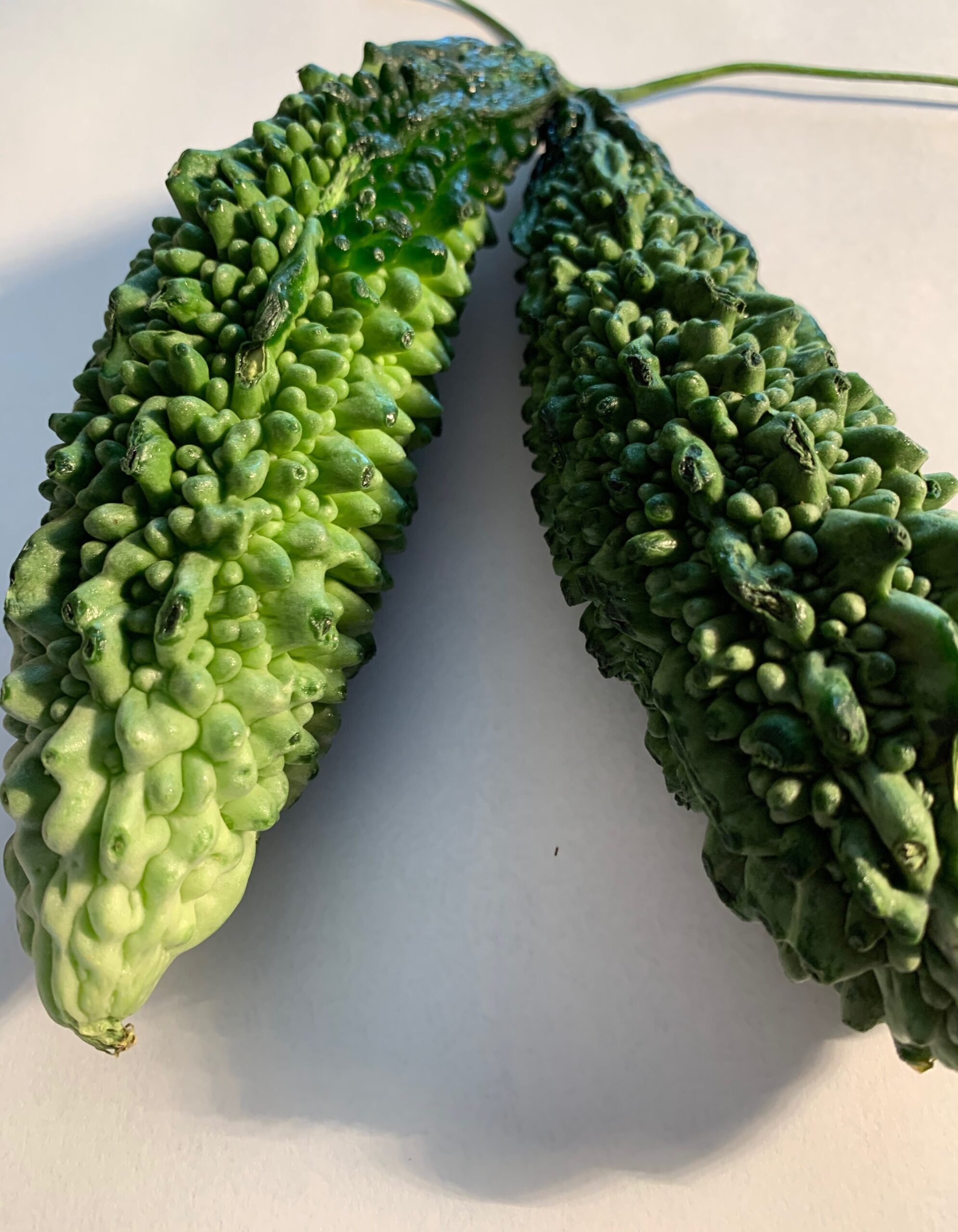Cabbage leaves make excellent wraps for stuffing. In this preparation, cabbage leaves are stuffed with corn, carrots, peas, or minced bell peppers and cooked rice to make a healthy dish. Cabbage rolls are very popular at buffet tables. This dish can be cooked in an Insta or crockpot.
Buying & Storage: Choose a cabbage with fresh, crisp-looking leaves that are firmly packed and a head that is heavy for its size. Red cabbage lasts longer than white ones. Cabbage can be tightly wrapped and refrigerated for a week.
History: The history of cabbage rolls can be traced back to Jewish cooking 2000 years ago. Recipes vary among communities depending on the region. Romanians and Northern Poles prefer a savory sauce, while Jews from Galicia and Ukraine prefer a sweet and sour one. Many variations have been adapted all over the world with different names.
Jewish holishkuls. Bulgarian Sarmi, Romanian Sarmale ( dry or fresh dill is a must). Ukrainian Holubtsi – made with sauerkraut and served with Perogie. Chechs & Croatian Sarma – a favorite at Christmas. Lithuanian balandeliai- served during the Fall harvest festival. Russian golubtsy – cooked meatballs wrapped in cabbage. Polish golabki a savory mix of beef, pork, and barley or rice in a tomato-based sauce. Finnish kaalikaaryle – ground pork or beef, onion, barley or rice, rolls browned before brazing.
http://troikafoods.com/entertaining-cooking/histor…
Nutrition Facts of Cabbage (Brassica ole racia var. capitata) 100g raw
| GI=15 GL= 2 | Minerals | Vitamins |
| Water 92.18 | Calcium (Ca) 40 mg | Vitamin C 36.6 mg |
| Energy kcal 25 | Iron (Fe) 0.47mg | Thiamin 0.06mg |
| Protein g 1.28 | Magnesium (Mg) 12 mg | Riboflavin 0.04mg |
| Fat g 0.1 | Phosphorous P 26 mg | Niacin 0.23mg |
| Sugar g 3.2 | Potassium (K) 170 mg | Pantothenic acid 0.21 mg |
| Fluoride (F) 1 mcg | Sodium (Na) 18 mg | Vitamin B6 0.12 mg |
| Zinc (Zn) 0.18 mg | Folate 43 mcg | |
| Copper (Cu) 0.02 mg | Choline 10.7mg | |
| Manganese(Mn) 0.16 mg | Vitamin A 98 IU | |
| Selenium (Se) 0.3 mcg | Vitamin E 0.15 mg | |
| Vitamin K 76 mcg |
Health Benefits of Cabbage
- Rich source of vitamin C than oranges. Cabbage acts as the best antioxidant that reduces free radicals to prevent premature aging, immune system boosting, and depression.
- Cabbage aids in the proper functioning of the nervous system & speeds up the healing of damaged tissues and wounds.
- Cabbage Improves digestive health: The fiber in cabbage helps the body retain water and maintain the bulkiness of food as it moves through the bowels.
- Detoxifier: Sulphur and vitamin C present in cabbage purify and remove toxins, esp. free radicals and uric acid which cause Rheumatism, Gout, Arthritis, etc.
Spice Power
- Black cumin: (Nigella Sativa) extract helps improve asthma conditions, reduces hypertension, prevents pancreatic cancer, reduces insulin resistance, helps with better memory, attention, and cognition. It also helps women in menopause with lipid profile TC (total cholesterol), TG(triglycerides), LDL, and HDL levels.
- Cinnamon powder: including cinnamon in the diet may reduce the risk of type 2 diabetes. Its antioxidants can lower the negative effects of high-fat meals.
- Clove powder: ground cloves provide important nutrients like Vitamin K 4%, C 3% , Manganese 30% an essential mineral for maintaining brain function; small amounts of calcium, magnesium, and vitamin E that help to build strong bones.
- Nutmeg powder: relieves pain. Its volatile oils (myristicin, elemicin, eugenol, safrole) have anti-inflammatory properties to treat joint and muscle pain.
- Pepper powder: reduces inflammation and contains a natural pain killer. It may help with weight loss: Piperine in pepper battles fat by blocking the formation of new fat cells as per researchers from the Sejong University in Seoul, Korea.
Method to cook Cabbage Rolls
- Veg. prep.: Peel outer leaves of cabbage; place in ice-cold salted water for 5 min. Peel and finely chop the onion; peel and grate carrots. Peel and slice kernels off the corn cobs if using fresh ones. De-seed and finely chop the peppers; shell peas if using fresh ones.
- To make the filling: Heat the oil in a frying pan; add spices and onions; sauté until translucent. Add peas and chopped vegetables; sauté stirring intermittently. (5 min)Add cooked rice and gram flour; mix well to make a sticky filling.
- To make rolls: Drain water from cabbage leaves and pat dry with a paper towel. Spread open a cabbage leaf, place 2 tsp. of stuffing in the center. Roll the leaf tightly into a roll, tucking in the ends. Hold and seal closed ends with a toothpick. Repeat this with other cabbage leaves to make the rolls. (5 min)Steam cabbage rolls in a steamer with 2 cups of water. (5 min) Mix sauce ingredients together and pour on rolls before serving.
- Instapot cooking: Add 1 cup water and place steamer on the bottom. Place rolls in layers in the Instapot. Steam for 20-30 min.
- Crockpot cooking: Place rolls in layers in the crockpot. Mix the sauce ingredients together. Pour sauce on the rolls and cook for 1-2 hours.
Serve Bhara Gobi by itself or with Garlic Bread, Pasta, Chapatis, Pooris or Quinoa.
Tips
Filling Protein enrichment: Add grated Paneer, Cheddar, Mozzarella, or Parmesan cheese

